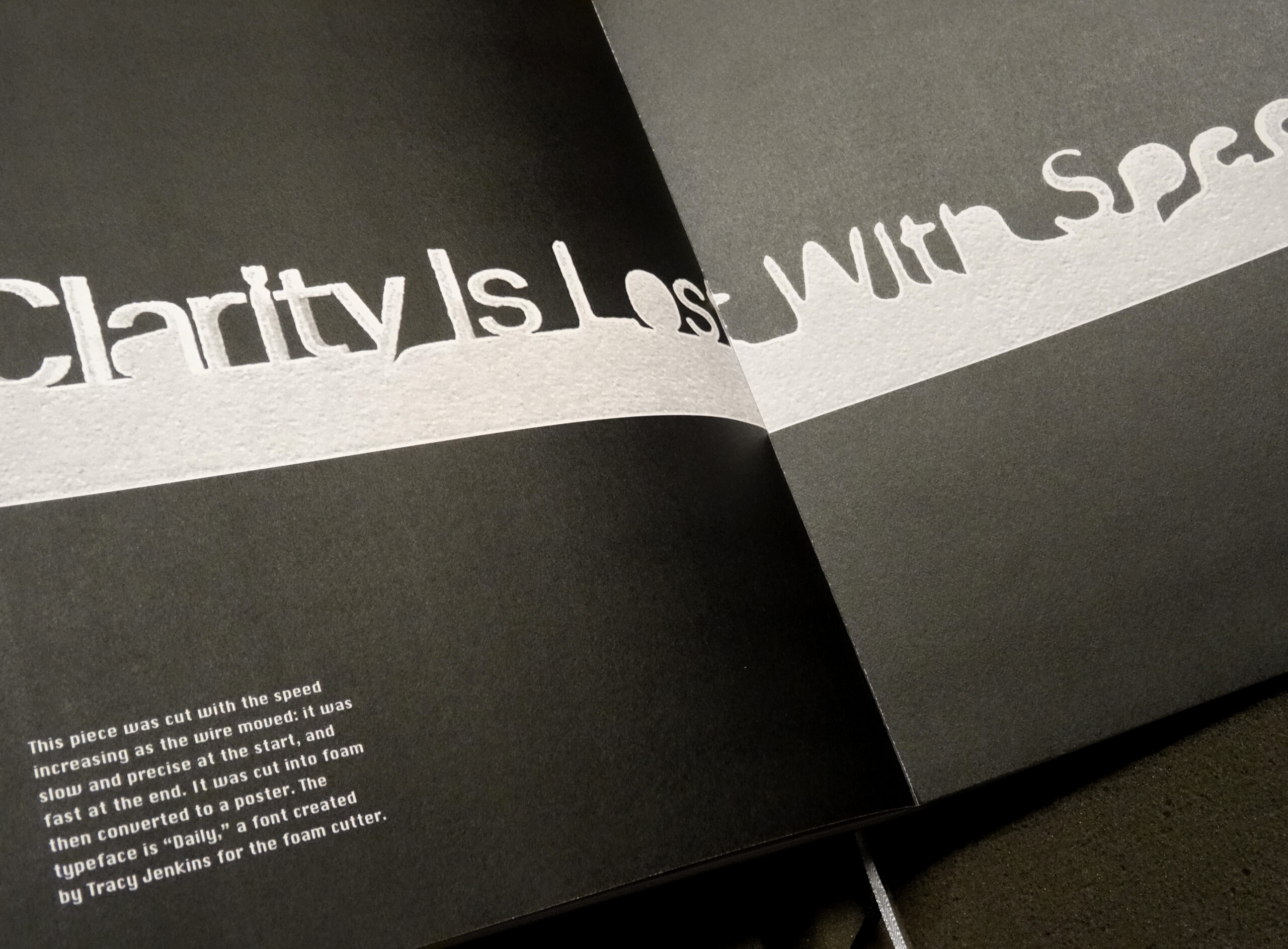
Véronique Vienne|Thesis Book Project
June 30, 2015
Thesis Book Project: How Quickly They Learn


Within days, they converted their wretched prose into smart, well-designed pamphlets. My jaw dropped when they unveiled the final product. Their handouts featured articulated, graphically coherent layouts. It was as if some invisible grand design had been in the making for months and was suddenly revealed—with surprising visual sophistication.




I shuddered at the thought of reading the text of these otherwise alluring booklets because I knew that at the first misspelling the illusion would be dispelled and I would want to die (one of the students mentioned the name of the school as Paris Collage of Art).
Illustrations: spreads from the thesis books of Elin Nyberg, Price Davenport, and Yasmin Gross
Observed
View all
Observed
By Véronique Vienne



